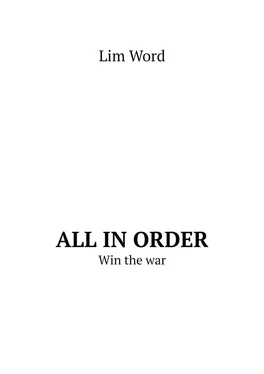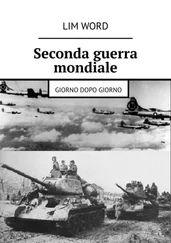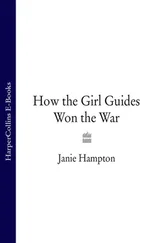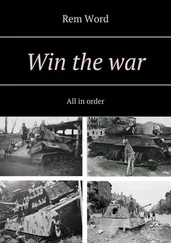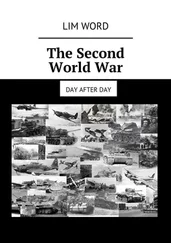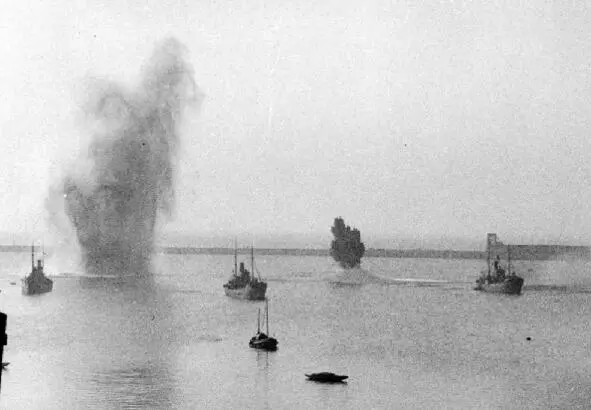
From July 10 to October 30, 1940, Britain and Germany are engaged in a fierce battle in the air. As a result, England loses a little more than a thousand aircraft, its opponent – 1800 combat vehicles. In Western historical literature, this result is considered to be the greatest battle of its time, which will be remembered for thousands of years. The air battle for the Kuban (RSFSR, 1943) is characterized by similar numbers of downed aircraft, but, for some reason, remains in the shadows. Actually, in the Soviet and Russian historiography, the air battle for Britain is also a relatively insignificant episode, among the really epic land battles on the territory of the Soviet Union. Be that as it may, Germany loses interest in the UK and focuses entirely on preparing an invasion of the USSR. Photo – raid of Luftwaffe bombers to ships in the English port of Dover, 1940.
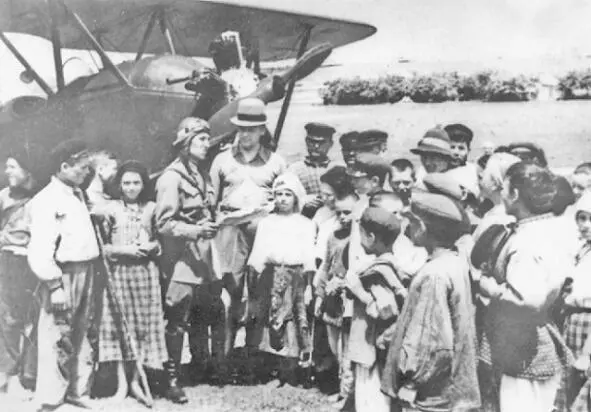
The Government of the USSR sends an ultimatum to the Romanian government demanding the return of Bessarabia (the former Russian province that was rejected by Romania in 1920) and Northern Bukovina as compensation for the exploitation of the population of Bessarabia (June 27, 1940). A few hours before the start of the Soviet invasion, the Romanian king accepts all conditions. The received lands are divided between the Soviet Ukraine and Moldova. In total, the USSR receives 3.7 million people and 50 thousand square meters. km. territory. About 28,000 heads of the most well-to-do families are deported to Siberia (relatively few)
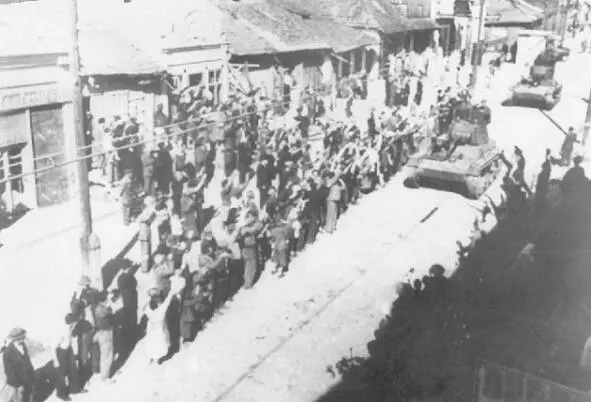
The population of Bessarabia, indeed, undergone many humiliations and terror from the Romanian authorities, as a whole is loyal to the Soviet government. Ethnic Romanians and Ukrainians (85%) Bukovina, 0.8 million people who did not feel this kind of attitude, are annexed without much enthusiasm. In the photo there is a parade of Soviet troops and a festive folk demonstration in Chisinau, July 3, 1940.
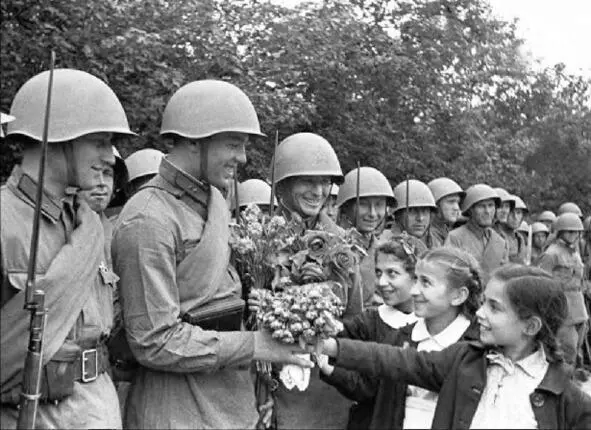
Representatives of the young generation of Bessarabia (Moldavia) present flowers to the Red Army soldiers
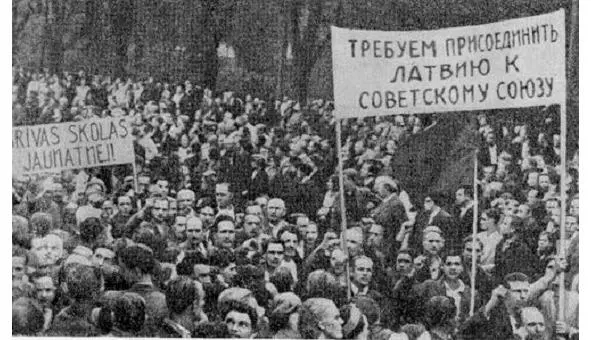
In October 1940 the Soviet Union invites Estonia, Latvia and Lithuania, under a mutual assistance agreement, to deploy a military contingent of 25,000 troops on their territory to defend themselves against Hitlerite Germany. It is already clear that the Red Army is inclined to achieve its goals, regardless of any losses. Two weeks later, the governments of these countries are accused of collusion with Germany (which is partly true), repressions against foreigners (Poles, etc.) and are shifting. In the summer of 1940, following the results of nationwide voting, the republics are formed by communist governments and adopt declarations of entry into the Soviet Union; which are immediately approved by the Supreme Soviet of the USSR. According to documents of the NKVD of June 17, 1941, in Lithuania – 5663 persons, mainly employees of the secret police and “classical capitalists” were subjected to confinement – 10186, Latvia, respectively, 5624 and 9547, Estonia – 3179 and 5979. Lithuanian President Antanas Smyatona wisely emigrates to Germany, then to Switzerland and the USA. His Estonian counterpart Konstantin Päts is deported with his family to Siberia, receives 25 years of camps, since 1942 is kept in a prison psychiatric clinic, he died there in 1956. The head of Latvia, Karlis Ulmanis convinces the people that “friends have come”, actively cooperates with the new, pro-Soviet government, and in particular, publishes the “Law on the Fight Against Wrecking”. Somewhat later he begins to understand the situation, asks the Kremlin for permission to travel to Switzerland, but eventually ends up in the NKVD camp near Krasnovodsk (Turkmenistan), where, in 1942, he dies. Photo – a demonstration of the population of Latvia for joining the Soviet Union. May-June 1940
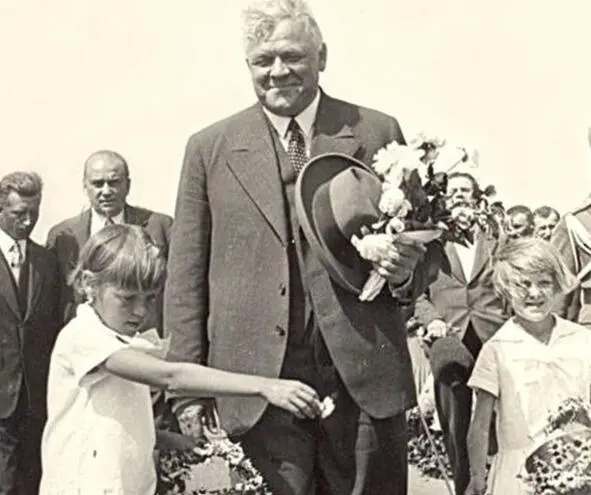
Karlis Ulmanis, Head of Latvia

Anastastus Smyatona, prudent leader of Lithuania
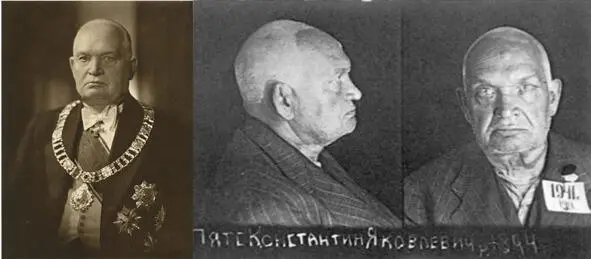
Konstantin Päts, Head of Estonia
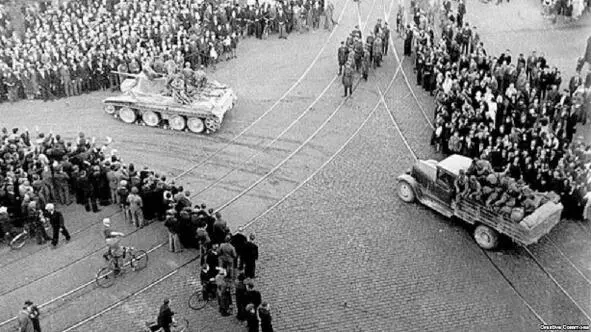
Parade, or at least a demonstration of Soviet troops in Riga, summer 1940.
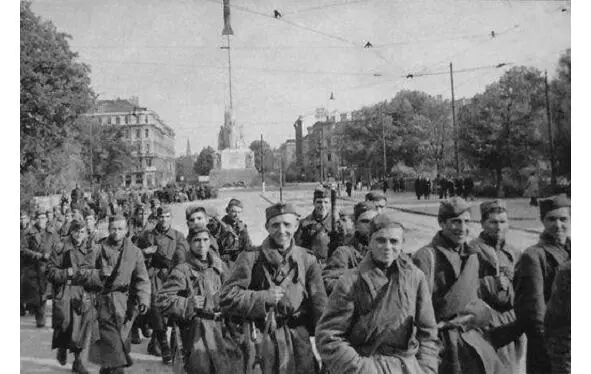
Soviet (Russian) soldiers in Riga, 1940. I believe that none of them wishes evil to any of the inhabitants of the three Baltic countries. Every person in this column considers himself, if possible, a bearer of good and a hero – a liberator. Evil is only a general idea in the all-powerful ruler, which in this case is (non-Russian) Joseph Stalin and his, formed on 90% of the representatives of Jewish nationality, a repressive apparatus… It’s not me
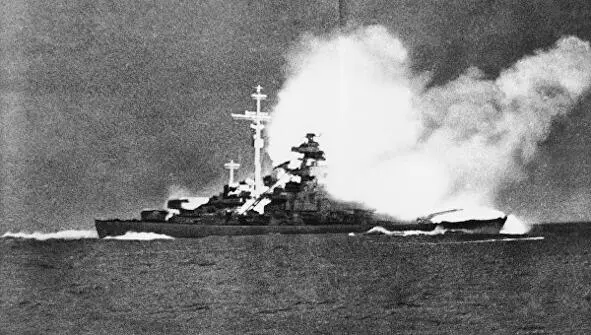
Since July 1940, the battle for the Atlantic has become extremely acute. Germany receives new naval bases. France withdraws from the war, and fascist Italy, on the contrary, enters it. The photo shows the death of the British heavy cruiser Hood, the morning of May 24, 1941. Before that, the ship is marked by the conduct of Atlantic convoys and, notice, the flooding of the battleship Brittany, during Operation Catapult. With life more than a thousand French sailors are forgiven. Now, “Hood”, as part of a group of battleship and 6 destroyers, goes to intercept the German battleship Bismarck and the heavy cruiser Prince Eugen. The British cruiser opens fire from 24 km. and at full speed moves closer with its opponents. A volley of one of the German ships covers the unfolding “Hood” from a distance of 15—18 km. The cruiser for a while follows the same course and, a kilometer from the “Prince Eugen” (probably there and made this picture) as a result of a powerful explosion breaks in half. A hail of debris falls on the German cruiser. 1415 people are dying. Only 3 sailors survive
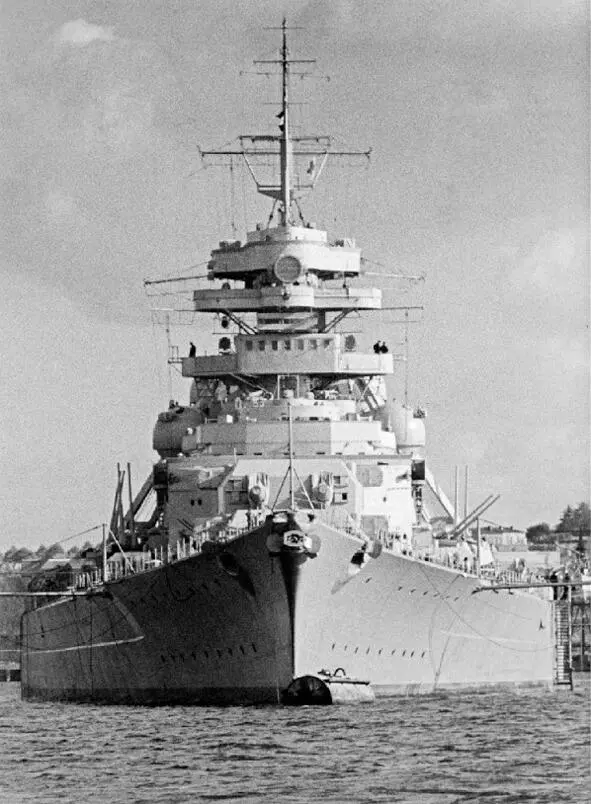
The German battleship Bismarck, the world’s largest ship of its time. Displacement fully equipped – 50 000 tons (twice as high as the average aircraft carrier), length 251 m, width 36 m, draft 10 m. Speed maximum 55 km. h, the range of autonomous navigation is 17,000 km. The main armament is eight 380 mm. guns in four towers.
Читать дальше
